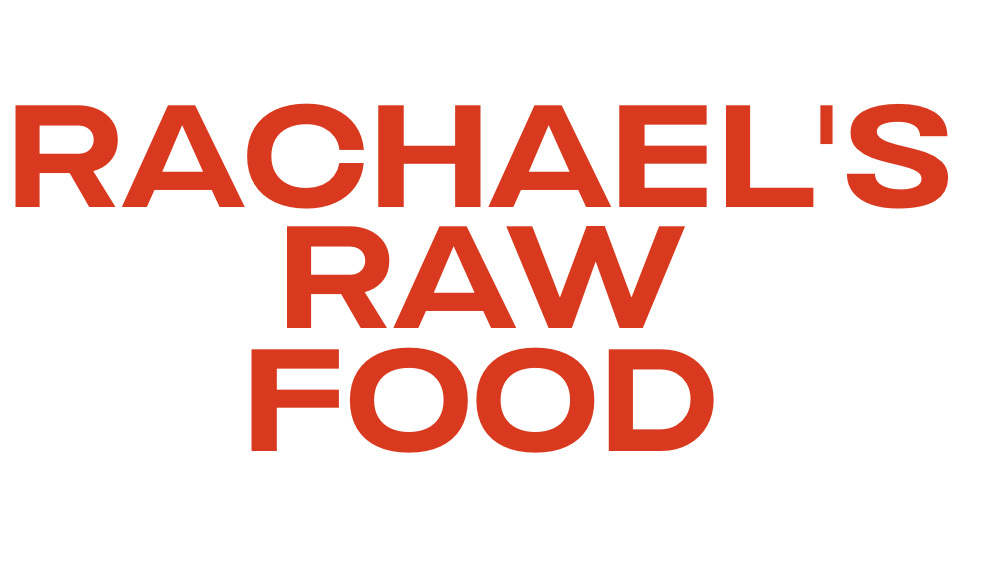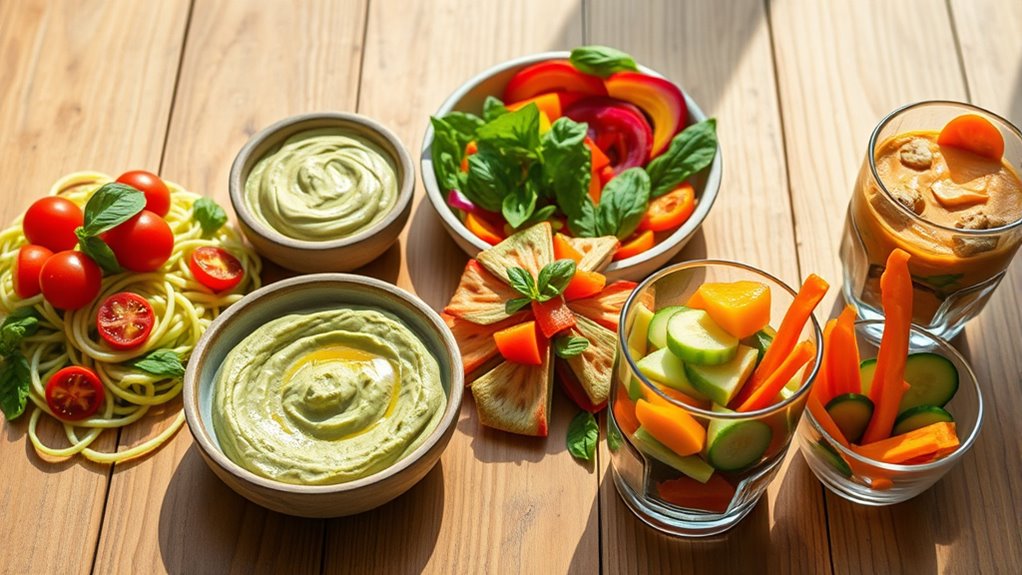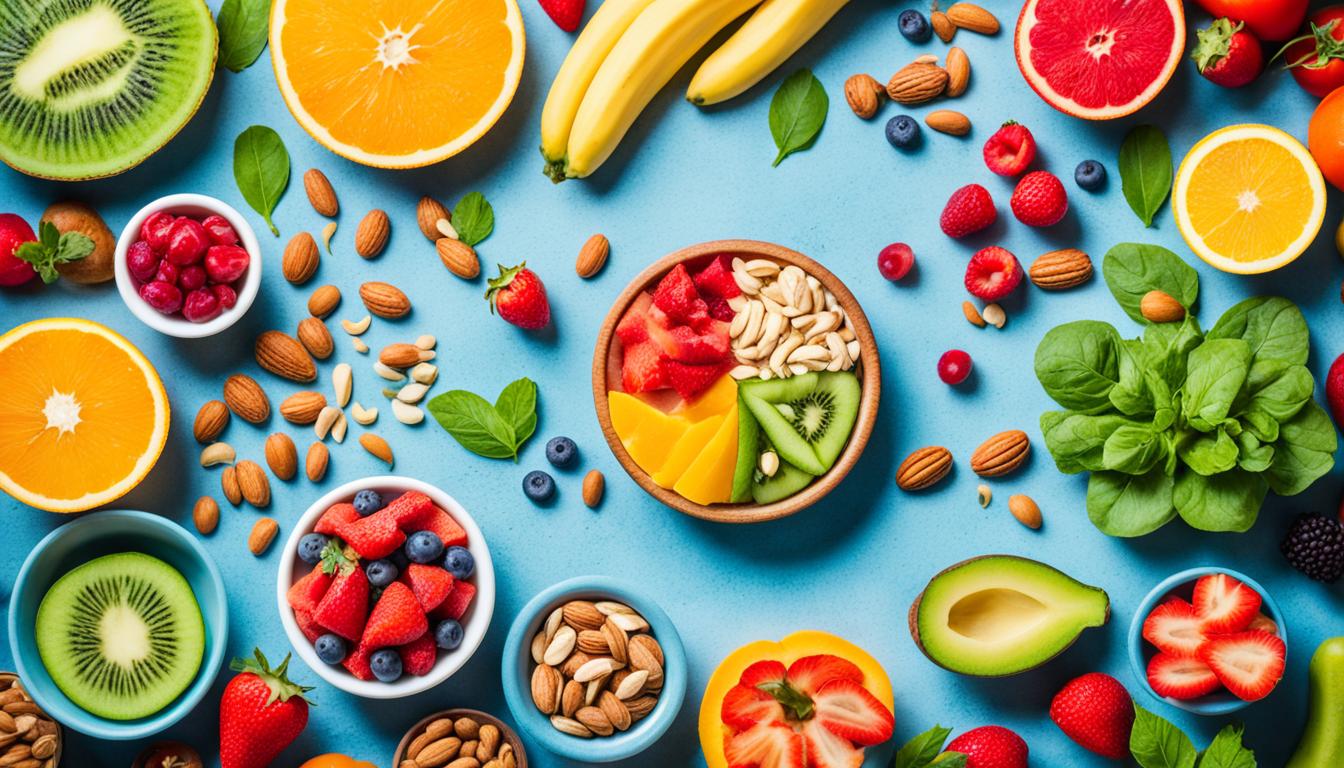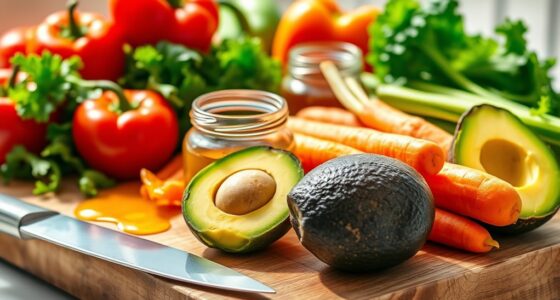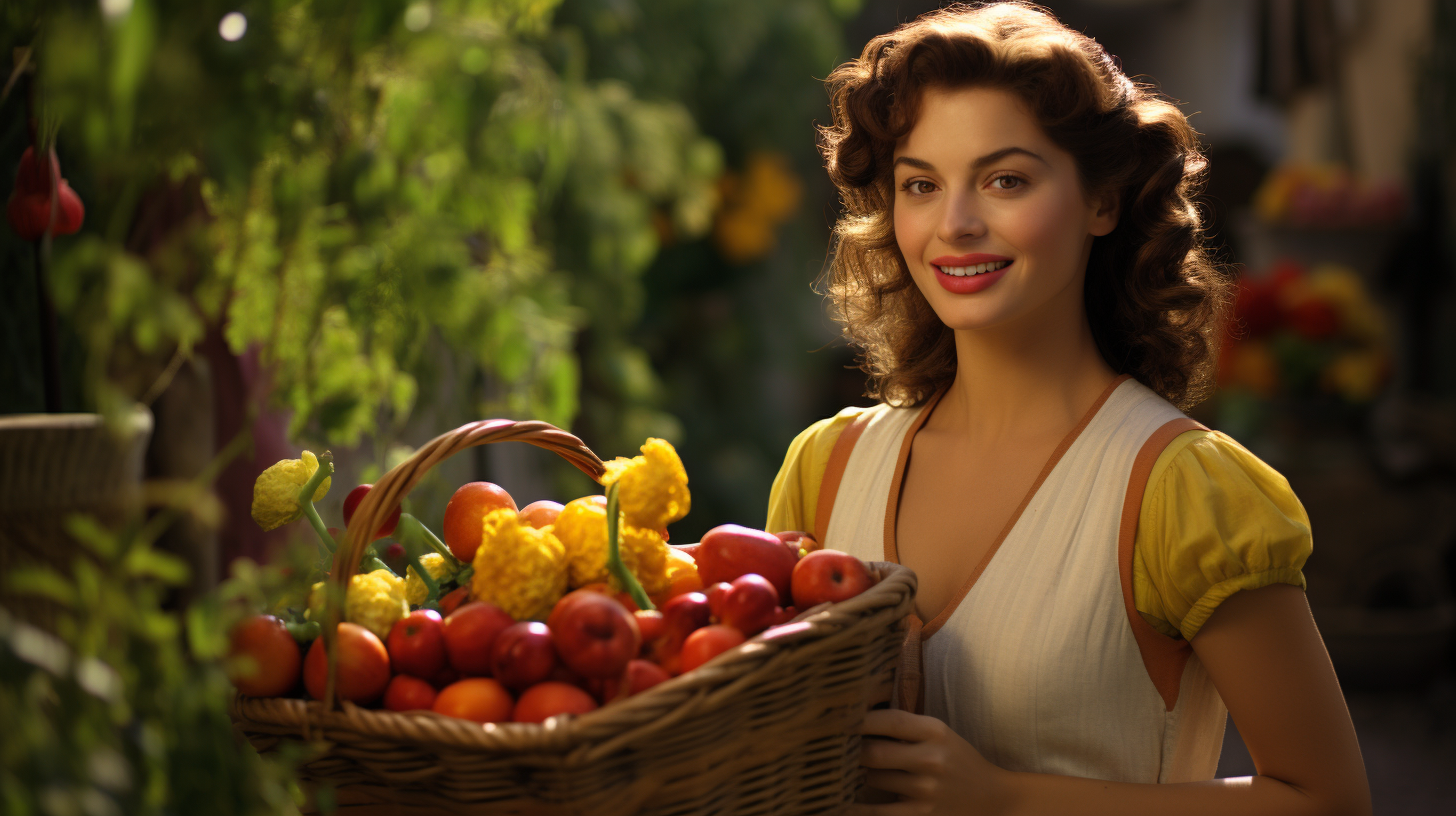Starting your raw food journey is easier with simple, flavorful dishes like vibrant salads with fresh vegetables and lemon, veggie wraps filled with crunchy veggies and healthy fats, quick smoothies blending fruits and greens, or simple nut and seed mixes for snacking. Keep recipes straightforward and wash your produce well for safety. As you try these easy options, you’ll discover how effortless and energizing raw eating can be—there’s plenty more to explore below.
Key Takeaways
- Focus on colorful salads with fresh vegetables and simple lemon dressing for easy, nutrient-rich starters.
- Prepare basic smoothies combining fruits and greens like spinach or kale for quick, energizing drinks.
- Create veggie wraps with raw vegetables and healthy fats such as avocado or nuts for a portable, satisfying meal.
- Wash and chop produce ahead of time to streamline assembly of raw dishes and reduce prep time.
- Keep recipes uncomplicated, using minimal ingredients and basic equipment to build confidence for beginners.
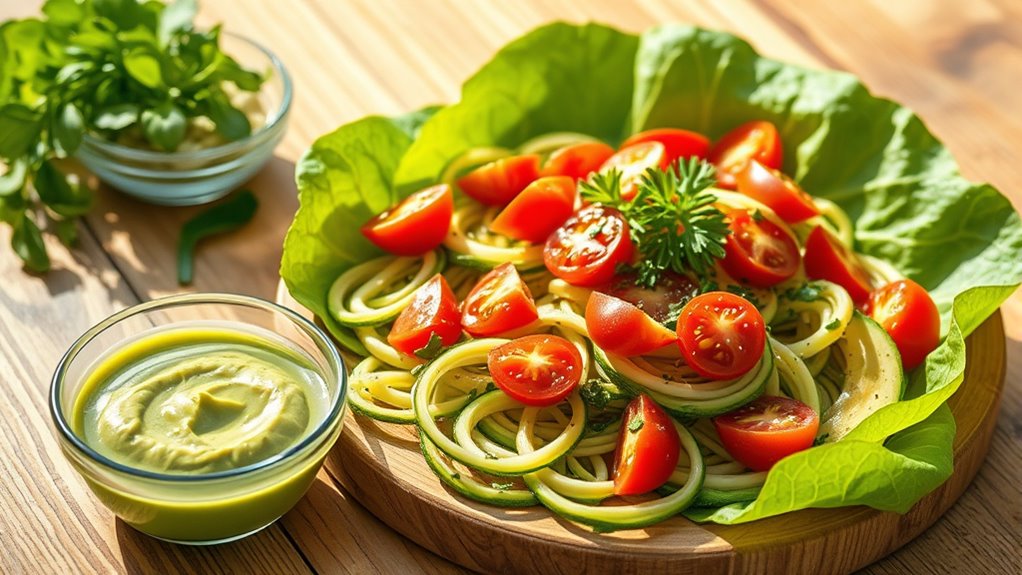
Are you looking for simple recipes to kick off your cooking journey? Starting with raw foods is a fantastic way to explore nutritious, easy-to-make dishes that don’t require complex cooking skills. Embracing raw eating offers numerous benefits, including preserving enzymes and nutrients that are often destroyed during cooking. This can lead to better digestion, increased energy, and improved overall health. However, it’s important to be aware of common raw food mistakes, especially when you’re just beginning. For example, relying solely on fruits and neglecting vegetables can lead to nutritional gaps. Also, not properly washing produce can introduce bacteria or pesticides, which defeats the purpose of a healthy raw diet. By understanding these pitfalls, you can enjoy the benefits of raw eating while avoiding common errors that might hinder your progress.
Start raw eating safely by washing produce thoroughly and balancing fruits with vegetables for complete nutrition.
When you’re starting out, simplicity is key. Focus on recipes that are easy to prepare and don’t require fancy equipment or complicated techniques. Think colorful salads, veggie wraps, or simple smoothies. For instance, a basic vegetable salad with chopped cucumbers, tomatoes, bell peppers, and a splash of lemon juice is a delicious, nutritious way to get started. Incorporate nuts, seeds, or avocados for healthy fats and added flavor, making the dish more satisfying. Smoothies are another excellent beginner option—blend your favorite fruits with greens like spinach or kale, add some water or coconut water, and you’re good to go. These recipes not only taste great but also help you become comfortable with raw ingredients without feeling overwhelmed. Additionally, choosing proper storage methods for your produce can help maintain freshness and prevent spoilage as you experiment.
Another tip for beginners is to prepare your ingredients ahead of time. Wash and chop vegetables in advance, store them in airtight containers, and have everything ready to assemble. This minimizes the effort and makes it easier to stick to your raw food goals. As you gain confidence, you can experiment with more adventurous recipes like veggie sushi rolls or raw wraps filled with colorful fillings. Remember, the key is to keep things simple and enjoyable. Don’t worry about perfection—focus on discovering what tastes good to you and what makes you feel energized.
The shift to raw eating doesn’t have to be complicated or intimidating. Starting with easy recipes helps you learn what works best for your palate and lifestyle. Keep in mind the benefits of raw eating and stay aware of common raw food mistakes, so you can enjoy a healthy, delicious journey into raw cuisine. With practice and patience, you’ll find that raw dishes become a natural and satisfying part of your diet.
Frequently Asked Questions
Can I Combine Raw Foods With Cooked Ingredients Safely?
You can definitely combine raw foods with cooked ingredients safely, but it’s important to consider food pairing and flavor balancing. Make certain cooked items are properly cooled before mixing, and avoid cross-contamination. Experiment with flavor balancing by adding fresh herbs or citrus to enhance raw elements. This way, you create delicious, safe dishes that blend textures and tastes seamlessly, making your raw and cooked ingredients complement each other perfectly.
What Are the Best Tools for Beginner Raw Food Preparation?
When starting raw food prep, you’ll want versatile tools like a good blender with extra accessories to blend smoothies and sauces effortlessly. A mandoline slicer helps you create uniform veggie slices quickly, making salads and wraps easier. These tools are beginner-friendly and streamline your process, ensuring you prepare fresh, appealing dishes without much hassle. Investing in quality blender accessories and a mandoline slicer will boost your confidence and efficiency in raw food preparation.
How Do I Ensure Proper Nutrition on a Raw Food Diet?
Think of your raw food journey as tending a garden—you need nutrient-dense plants and a variety of seeds to flourish. To guarantee proper nutrition, focus on selecting colorful, whole foods rich in vitamins and minerals. Mix textures and flavors to cover all nutrient bases, and consider supplementing if needed. Keep your diet vibrant and diverse, so your body gets everything it needs to thrive like a well-tended garden in full bloom.
Are There Any Foods I Should Avoid When Starting Raw Food?
When starting a raw food diet, you should avoid foods that may trigger allergies or compromise food safety, like unwashed produce or spoiled items. Stay alert to any food allergies you might have, and always wash fruits and vegetables thoroughly. Avoid risky foods such as unpasteurized products or contaminated nuts. By being cautious with food safety and mindful of allergies, you’ll build a healthier, safer raw food routine.
How Can I Store Raw Foods to Keep Them Fresh Longer?
You might worry about produce spoilage, but proper storage can extend freshness. Start by thoroughly washing your produce using effective washing techniques to remove dirt and microbes. Store fruits and vegetables in breathable containers or crisper drawers, keeping them at ideal temperatures. Regular dehydrator maintenance, such as cleaning trays and vents, prevents mold. These steps guarantee your raw foods stay fresh longer and retain their nutrients, making your raw food journey more enjoyable.
Conclusion
Starting your raw food journey might seem intimidating, but these simple recipes prove that anyone can do it. Think of them as stepping stones across a river—easy to cross and guiding you toward a healthier lifestyle. With each dish, you’ll gain confidence and discover that raw food isn’t just nourishing—it’s a delicious adventure waiting to unfold. So, plunge in and let these recipes be the spark that lights your raw food path.
